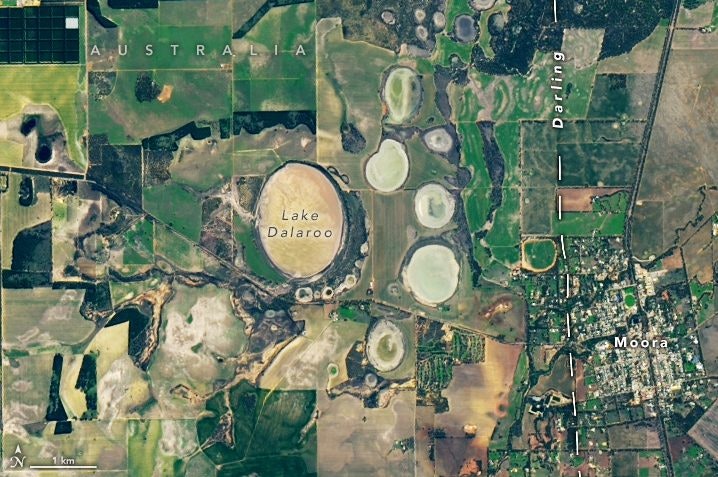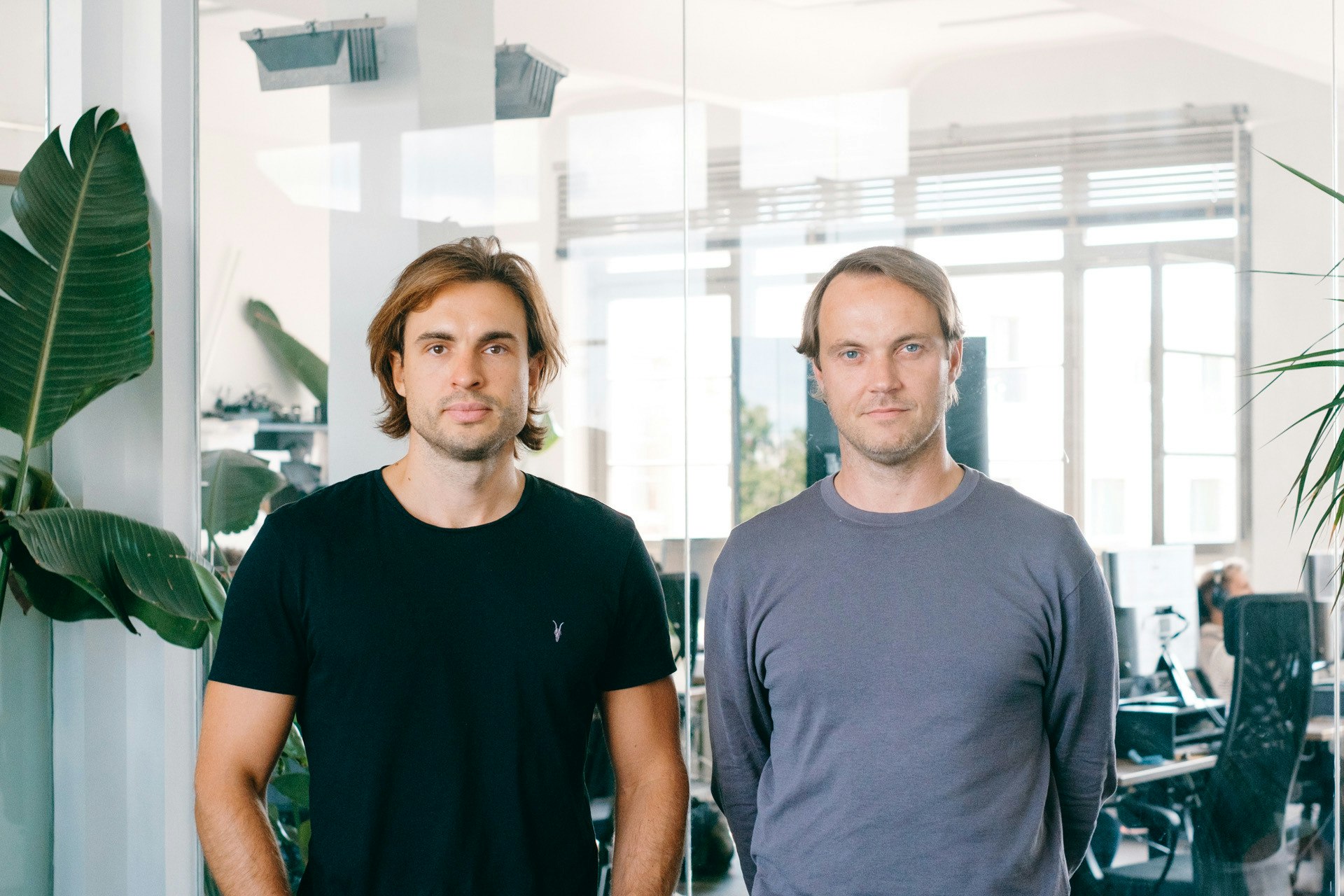In 1987, in the remote Malian village of Bourakébougou, an engineer digging a water well lights up a cigarette and, in doing so, sets off an explosion.
He had inadvertently hit upon a deposit of naturally occurring hydrogen: a colourless, odourless gas, which — as he came to realise — is highly flammable. In 2011, Canadian energy company Hydroma started extracting hydrogen from the site to help power Bourakebougou.
Similar deposits could be sitting elsewhere. And — if they’re large enough and can be safely extracted — they could prove world-changing.
A quantum leap?
Hydrogen is a clean fuel when burned — water is its only byproduct. The catch: the majority of the hydrogen used today is grey hydrogen, produced by splitting methane (CH4) using fossil fuels. Green hydrogen, which is produced using renewables, is expensive.
“The price of green hydrogen is estimated to be $4 to $6 a kilo,” says Alexandre Flamant, investor at HCVC. Estimates suggest a producing tonne of green steel would need 50kg of hydrogen, costing $200-$300. That’s made technologies that rely on hydrogen, like tech to decarbonise heavy industry, a trickier investment case, Flamant says.
“We've always kind of struggled to see what quantum leap is going to happen in the industry that could make that change,” he says.
And then Flamant came across natural hydrogen. Sometimes called white hydrogen, it is produced when groundwater reacts with minerals, splitting water into hydrogen.
“If this exists, it's fantastic,” Flamant says, estimating that natural hydrogen could cost a dollar or less per kilo. “It gives much needed momentum to all the existing companies that are leveraging hydrogen: sustainable aviation companies, green steel or clean shipping,” he says.
This possibility could buoy up the parts of the climate tech world which rely on hydrogen — it’s also triggered a number of stealthy exploration startups to pop up.
Bill Gates gets involved
It’s been a busy time in the natural hydrogen world. Last year, scientists at the University of Lorraine found a deposit in north-east France while searching for methane — a discovery which has sparked growing interest in natural hydrogen.
Then, in February this year, American startup Koloma, which is working on exploration to find natural hydrogen, raised a big $245m round (it costs roughly $10m to dig a single hole into the Earth’s crust).
Koloma’s raise came from Bill Gates’ Breakthrough Energy Ventures, Khosla Ventures, Amazon’s Climate Pledge Fund, United Airlines and Energy Impact Partners. Gates’ comments to The Economist at the end of last year sum up much of the feeling around natural hydrogen: “It could be gigantic or it could be a bust, but if it’s really there... wow!”
An industry insider tells me the Koloma fundraise was exciting because to raise the amount it did, the company is likely to have strong evidence of a large deposit and a plan to extract it safely. News out of Koloma is hotly anticipated.
Another company signalling Silicon Valley’s interest in resource exploration more widely is KoBold Metals — an American startup which raised funding from Jeff Bezos and Bill Gates earlier this month. It uses AI to plot the sites where critical minerals like copper and lithium could be present.
Exploration companies tend to be secretive – revealing the location of a deposit is like naming the secret ingredient in a recipe. One name that comes up repeatedly in Europe is SnowFox Discoveries – a spinout from the University of Oxford run by a stealthy group of academics and explorers. It’s working on exploration to find natural hydrogen deposits.
A slippery devil
The promise of natural hydrogen is not without risks. Although it does not have a direct effect on the climate, it can affect other pollutants. If hydrogen leaks into the atmosphere it interacts with hydroxyl, an airborne molecule, which prolongs the time methane, a powerful greenhouse gas, is present in the atmosphere.
It’s also the lightest and smallest molecule in existence — meaning finding sites where it’s not only occurring but also where it’s sealed in, could prove rare. It’s easy to spot areas where the gas has escaped — when hydrogen escapes from underground, it leaves behind patches of land in a circular form, known as “fairy circles”. NASA recently released photos of some in Australia.

And, although extracting natural hydrogen could prove cheaper than producing it, some say that the deposits may be too small and spread out to prove economically viable to extract.
Is this a startups’ game?
Getech is a UK-based company which helps exploration companies find deposits of useful minerals or gases locked underground. The company uses geographical surveys alongside gravitational, magnetic data and algorithms, to plot where certain resources may lie: be it critical minerals, methane, hydrogen or, historically, oil and natural gas.
Richard Bennett, Getech's CEO, says the company has seen increasing interest in natural hydrogen exploration data in the last two years. “We’re seeing existing oil and gas clients,” he says, “but we're also seeing a kind of plethora of startups that are very interested in the space.”
While oil and gas giants have deep pockets for exploration, their expertise might not be as directly applicable as immediately thought, according to Bennett.
“Oil and gas companies have got large exploration departments, but in many ways they're on an even footing with startups,” he says. “Oil and gas guys have been trained to a high degree of expertise on how to find oil — but now they’re looking for a different type of geologic structure.”
That said, the amount of capital needed to fund exploration is enormous — and there are still questions about whether it could ever fit into a VC model.
Flamant says investors are busy trying to work that out. “I think we're all trying to figure out how to make a play in an industry that traditionally hasn’t been too startup friendly,” he says. “There’s probably something there, and we’re going to keep looking.”
There are also parts of the puzzle beyond exploration which could be ripe for startup activity. “Once we've extracted it, then transporting it, storing it and making sure that we detect leaks ahead of time — these are all areas where we could see startups flourish,” says Flamant.
Changing the geopolitical order
If — and there’s quite a lot of ifs — natural hydrogen becomes a significant energy source, then the geopolitics of our energy system could look vastly different.
“If you could find this in Europe that would have serious geopolitical implications,” says Flamant. The last few years have proven the danger of Europe’s dependency on other regions for its energy supply.
“Provided it's available in enough pockets in parts of the world where you haven't had natural gas, oil or coal in large amounts,” he says, “then it would really shift the balance of power.”


